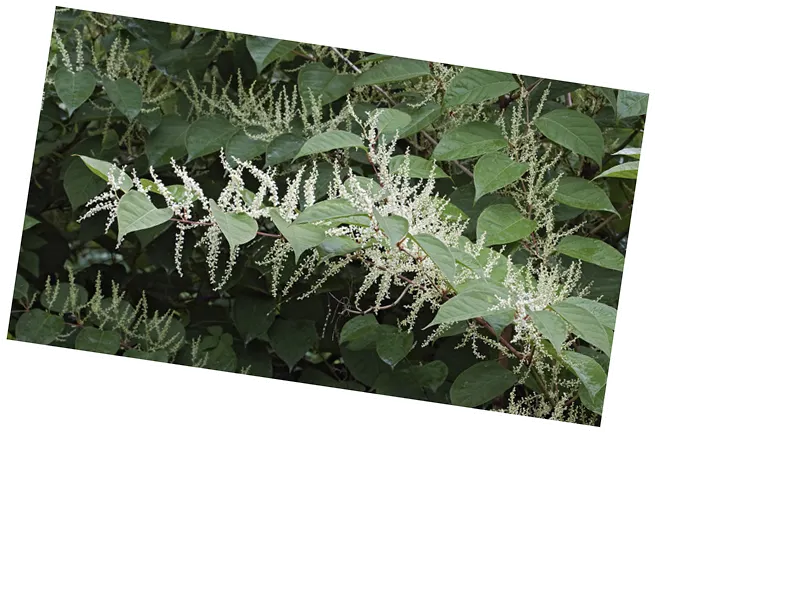Profitable and Environmentally Friendly: New Medicinal Compounds Discovered in Common Russian Plants
Researchers from the Advanced Engineering School of Tomsk State University (AES TSU) have made significant strides in the identification of medicinal compounds found in three widely available plants in Russia: reinutria, alfalfa, and perilla. This groundbreaking study has uncovered 194 chemical compounds, with 50 of these identified for the first time, showcasing the potential of these plants in pharmaceuticals and dietary supplements.
The collaborative research involved scientists from various institutions, including the All-Russian Institute of Plant Genetic Resources (VIR) and the Siberian Federal Scientific Center for Agrobiotechnology. The findings, published in the Russian Journal of Plant Physiology and the Siberian Herald of Agricultural Science, highlight the medicinal properties of these plants, which could lead to more sustainable and environmentally friendly production methods in the pharmaceutical industry.
Kirill Golokhvast, acting director of the TSU PIS, emphasized the importance of modern biochemical analysis for utilizing the vast array of medicinal herbs in Russia. He stated, “To use plants economically and increase the environmental friendliness of production, we need to move to deeper processing of herbs.” This approach not only expands the plant base for economic use but also enhances the sustainability of production practices.
Utilizing advanced techniques such as tandem mass spectroscopy, researchers were able to accurately determine the chemical compositions of these plants. Notably, the extract from perilla seeds revealed derivatives of 4-hydroxycoumarin, which are natural anticoagulants that prevent blood clot formation. This discovery paves the way for practical applications in the chemical and pharmaceutical sectors.
The study also highlighted the potential of knotweed, where researchers found formononetin, a compound known to prevent obesity, cancer, and dementia. Previously, only the roots were studied, but the current findings indicate that the stems and leaves contain higher levels of beneficial polyphenols, making them more accessible and cost-effective for pharmaceutical use.
Alfalfa, traditionally recognized as a forage crop, was also examined in this study. Researchers discovered astragalin in alfalfa for the first time, a compound that halts tumor growth and regulates blood glucose levels. This expanded biochemical understanding of alfalfa can lead to the development of new varieties with enhanced health properties, as Golokhvast concluded.
This research not only contributes to the field of botany and pharmacology but also emphasizes the potential for economic and ecological advancements through the utilization of native plants in Russia.





